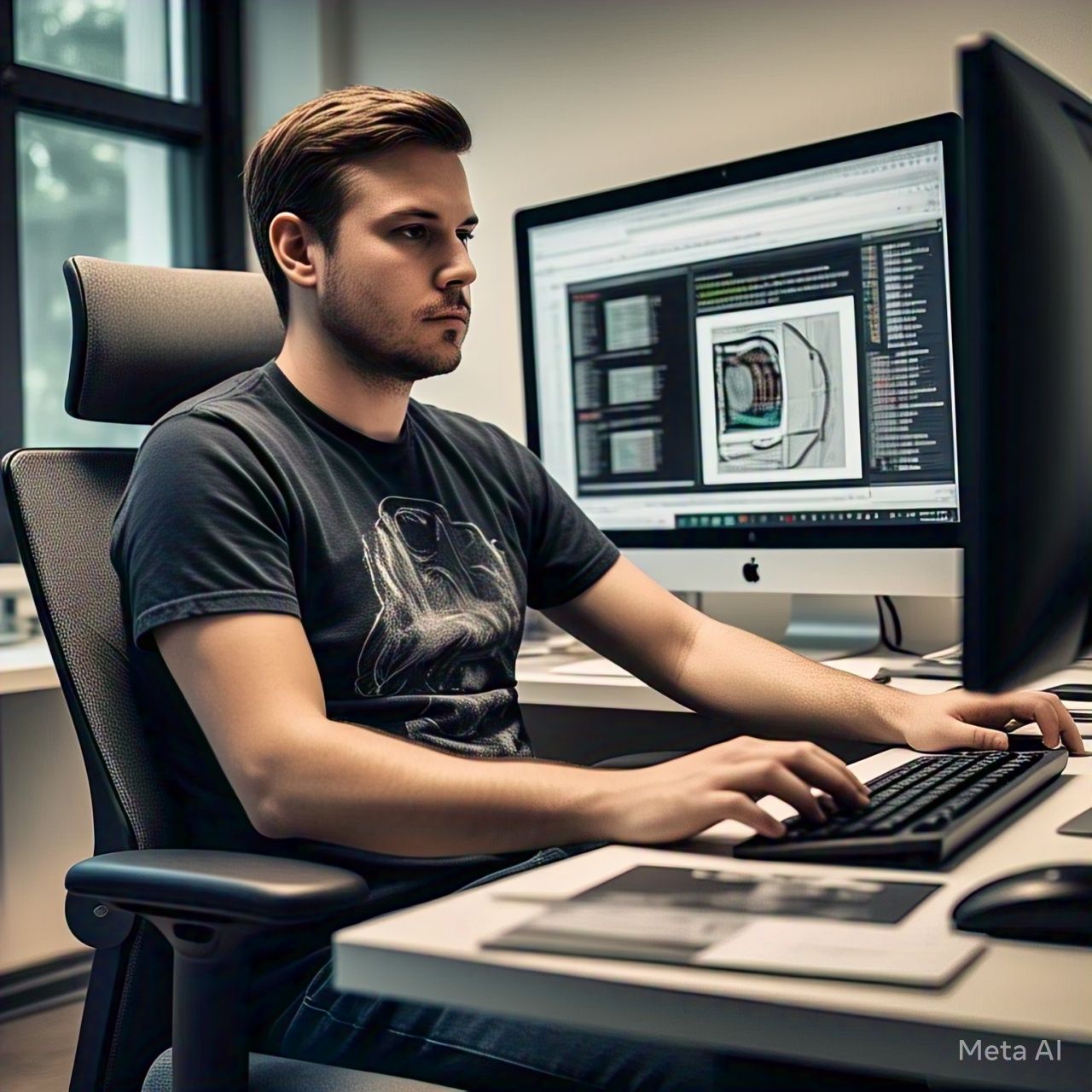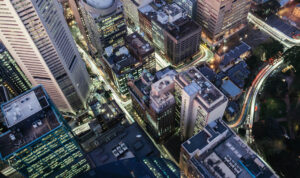Photo manipulation has long been an essential tool in the world of digital art and photography, but recent advancements in technology have taken it to an entirely new level. With hyper-realistic photo manipulation, artists can create stunningly detailed and believable visuals that blur the line between reality and fiction. Whether for commercial advertisements, digital art, or surreal compositions, hyper-realistic photo manipulation is a growing trend that continues to push creative boundaries.
In this article, we will explore the latest trends, techniques, tools, and challenges in hyper-realistic photo manipulation, as well as what the future holds for this exciting field.
What is Hyper-Realistic Photo Manipulation?
Hyper-realistic photo manipulation refers to the process of altering or enhancing images with such high precision that the final result looks indistinguishable from real-life photography. This can involve seamlessly blending multiple images, adjusting lighting and shadows, refining textures, and incorporating digital painting techniques to create a flawless, lifelike effect.
Unlike traditional photo editing, which focuses on minor enhancements, hyper-realistic photo manipulation requires advanced skills in digital artistry, an understanding of perspective, and a keen eye for detail. It is widely used in industries such as:
-
Advertising & Marketing – Creating captivating visuals that stand out.
-
Entertainment & Gaming – Designing characters, scenes, and promotional materials.
-
Fine Art & Surrealism – Crafting imaginative, dreamlike compositions.
-
Fashion & Beauty – Producing flawless portraits with realistic retouching.
Trends in Hyper-Realistic Photo Manipulation
The field of photo manipulation is constantly evolving, driven by advancements in technology, new artistic styles, and changing audience expectations. Here are some of the latest trends in hyper-realistic photo manipulation:
1. AI-Powered Enhancements
Artificial intelligence (AI) is revolutionizing photo manipulation by automating complex editing tasks. Tools like Adobe Photoshop’s Generative Fill, NVIDIA’s AI Upscaler, and Luminar Neo’s AI Enhancements allow artists to refine images with unprecedented accuracy. AI can now:
-
Auto-generate realistic textures and patterns.
-
Retouch skin and facial features without over-processing.
-
Seamlessly remove or add objects to images.
2. Surreal & Fantasy-Inspired Compositions
Many digital artists are blending reality with fantasy to create otherworldly, dreamlike, or futuristic visuals. This trend involves:
-
Combining realistic human elements with futuristic or fantasy environments.
-
Creating gravity-defying or mind-bending illusions.
-
Blurring the lines between photography and digital painting.
3. Ultra-Detailed Portrait Manipulation
High-end portrait retouching has reached new levels of detail and realism. Artists now focus on:
-
Texture preservation – Ensuring skin, hair, and fabrics appear natural.
-
Hyper-detailed lighting effects – Simulating complex reflections and shadows.
-
Micro-expressions and lifelike emotion rendering.
4. Cinematic and Dramatic Lighting Effects
Many artists are incorporating cinematic lighting techniques to enhance the realism of manipulated images. This includes:
-
High-contrast chiaroscuro lighting for drama.
-
Soft, diffused glows for a dreamlike effect.
-
Color grading techniques to create film-inspired aesthetics.
5. 3D and CGI Integration
The combination of 3D rendering and photo manipulation is another rising trend. By incorporating elements from programs like Blender, Cinema 4D, or Unreal Engine, artists can:
-
Merge real photography with CGI elements seamlessly.
-
Create hyper-detailed environments, props, and textures.
-
Simulate realistic depth, reflections, and materials.
6. Hyper-Realistic Collages and Mixed Media
Modern artists are pushing boundaries by combining multiple photographic sources into a single, cohesive composition. This requires:
-
Advanced masking and blending techniques.
-
Careful color and texture matching.
-
The ability to balance real and digital elements convincingly.
Techniques for Creating Hyper-Realistic Photo Manipulations
Achieving hyper-realism in photo manipulation requires a combination of advanced techniques, tools, and artistic expertise. Below are some of the most effective methods used by professionals:
1. Mastering Selections & Layer Masking
-
Use advanced selection tools like Photoshop’s Select Subject, Pen Tool, and Channels to isolate objects precisely.
-
Employ layer masks instead of erasing pixels to allow non-destructive editing.
2. Perfecting Lighting and Shadows
-
Understand real-world light sources and shadow behavior to make edits look natural.
-
Use Dodge & Burn tools to enhance highlights and shadows manually.
-
Apply layer blend modes (Multiply for shadows, Screen for highlights).
3. Blending Images Seamlessly
-
Match colors, contrast, and exposure of all elements to ensure uniformity.
-
Use the Clone Stamp and Healing Brush tools to refine textures.
-
Add realistic noise or grain to unify different image sources.
4. Adding Micro-Details and Textures
-
Enhance skin texture, fabric fibers, and environmental details with frequency separation techniques.
-
Use custom brushes to create fine details like hair, dust, or scratches.
5. Depth & Perspective Corrections
-
Use the Perspective Warp tool to match objects to the correct vanishing point.
-
Apply depth of field (blur effects) to create a more natural focus hierarchy.
-
Utilize atmospheric depth by adjusting foreground, midground, and background elements.
6. Realistic Color Grading
-
Use Curves, Color Balance, and Gradient Maps to fine-tune color tones.
-
Apply split toning for cinematic or dramatic effects.
-
Create custom LUTs (Look-Up Tables) to standardize color grading across projects.
7. Digital Painting for Detail Enhancement
-
Use a graphics tablet to paint in details manually, adding depth and realism.
-
Apply hand-drawn highlights and shadows to emphasize lighting effects.
-
Blend colors smoothly with custom soft and hard brushes.
Challenges in Hyper-Realistic Photo Manipulation
While hyper-realistic photo manipulation offers incredible creative possibilities, it also comes with challenges:
1. Time-Consuming Process
Creating a hyper-realistic image requires attention to detail and patience, often taking hours or even days to complete.
2. Technical Skill Requirements
Achieving realism demands advanced Photoshop skills, an understanding of perspective, anatomy, lighting, and textures.
3. Ethical Concerns & Misuse
-
AI-powered and manipulated images can be used to create deepfakes and misleading content.
-
Over-editing in industries like beauty and fashion raises concerns about unrealistic beauty standards.
4. Balancing Realism & Creativity
Striking the right balance between believability and artistic vision is key. Over-processing or unrealistic elements can break immersion.
The Future of Hyper-Realistic Photo Manipulation
The future of hyper-realistic photo manipulation will continue to be shaped by AI advancements, 3D rendering, and new digital tools. Some emerging trends include:
-
AI-Generated Images & Real-Time Editing – Tools like Adobe Firefly and MidJourney will make hyper-realistic manipulation more intuitive.
-
Virtual Reality (VR) & Augmented Reality (AR) – 3D-integrated photo manipulation will expand into immersive experiences.
-
Ethical AI & Content Authentication – Adobe’s Content Credentials initiative aims to improve transparency in digital art.
Hyper-realistic photo manipulation is an exciting and evolving art form that merges creativity with cutting-edge technology. By mastering advanced selection, blending, lighting, texture enhancement, and AI-powered tools, artists can create breathtaking visuals that redefine reality.
As we look to the future, AI, 3D integration, and ethical considerations will continue to shape this field. Whether used in advertising, fine art, or digital storytelling, hyper-realistic photo manipulation remains one of the most powerful tools for visual expression.
Would you embrace hyper-realistic photo manipulation in your creative projects? The possibilities are limitless!







